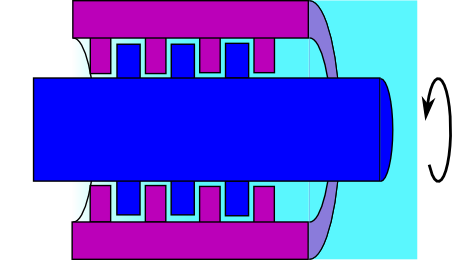Compared to the 800cc Rotax snowmobile engines (143 horsepower on pump gas with a factory warranty) I ride, the H2 is a lawnmower engine. Nostalgic, yes, but, piston port limitations
I was thinking of the death trap and widow maker stories. As far as HP I recall back in the 1980's Brit bikes etc doing random wheelies and routine carrying the front wheel from every set of lights.
With some porting, chambers (nor Wirges) and a set of 34mm VM's 90 rwhp was easy, add some longer decent rear shocks and the handling improved.
My own H2B had a factory twin disc front end very early as it was production raced (but seemed quite quick for a stock even compared to the Z1000J I also had at the time)
That brake set up was more than capable of lifting the rear wheel off the ground, maybe Pirelli Phantoms helped.
I used to post many decades ago on the Kawasaki Triples Worldwide website (maybe from late 1990's onward and long gone iirc) Mraxl etc were posters back then, Rick Brett etc, Tom Loftus being the owner of the site (I sent him an RGV250 banana swing arm for one of his H2 projects) Even back then the dudes in the Netherlands were starting on billet cases, reed block modified cyinders etc so getting the bikes to go quicker was no problem.
I seem to remember H2's still hold all the normally aspirated drag racing records, the likes of the Redline/USA single H2 engine bike running 7.7/177
The Denco Triple Triple something else......
Let the good times roll and they did starting with a 250 triple in 1977.
Looking forward to the next instalment.


